Description
Prairie Dog for Sale at Ranch of Exotic Breeds
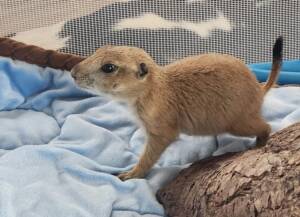
Prairie Dog for Sale | Ranch of Exotic Breeds – Healthy, Happy, and Hand-Raised Pets
Are you looking to add a unique and fascinating animal to your ranch or home? Prairie dog for sale are intelligent, social, and entertaining creatures that make excellent companions for those who appreciate exotic pets. At Ranch of Exotic Breeds, we specialize in providing healthy, hand-raised prairie dogs that are perfect for your lifestyle. In this guide, we’ll explore everything you need to know about prairie dogs, including their origin, care, nutrition, and frequently asked questions.
Origin of Prairie Dogs
Prairie dog for sale are small, burrowing rodents native to the grasslands of North America. They belong to the squirrel family (Sciuridae) and are known for their complex social structures and communication skills. There are five species of prairie dogs:
- Black-tailed prairie dog
- White-tailed prairie dog
- Gunnison’s prairie dog
- Utah prairie dog
- Mexican prairie dog
These animals are named for their habitat (prairies) and their distinctive bark-like calls, which they use to communicate with each other. Prairie dogs play a vital role in their ecosystems by aerating the soil and providing food for predators like hawks, eagles, and coyotes.
At Ranch of Exotic Breeds, we source our prairie dogs from reputable breeders who prioritize the health and well-being of these amazing animals.
About Prairie Dogs

Prairie Dog for Sale | Ranch of Exotic Breeds – Healthy, Happy, and Hand-Raised Pets
Prairie dogs are highly social animals that live in large colonies called “towns.” They are known for their playful behavior, intelligence, and strong family bonds. Here are some key characteristics of prairie dogs:
- Size: Prairie dogs typically weigh between 1.5 to 3 pounds and measure 12 to 16 inches in length, including their short tails.
- Lifespan: With proper care, prairie dogs can live up to 8-10 years in captivity.
- Behavior: They are diurnal, meaning they are active during the day. prairie dog season coming are curious, affectionate, and enjoy interacting with their owners.
- Communication: Prairie dogs have one of the most complex vocal languages in the animal kingdom, using different sounds to warn of predators or communicate with their colony articles trending.
Prairie dogs make wonderful pets for those who have the time and resources to meet their needs. They thrive in environments where they can socialize and explore articles featured.
Frequently Asked Questions (FAQ)
1. Are prairie dogs legal to own as pets?
Yes, Prairie dog pet for sale are legal to own in most states, but it’s essential to check your local regulations before purchasing one. Some states require permits or have restrictions on owning exotic animals pet city Houston.
2. Do prairie dogs make good pets?
Absolutely! Prairie dog pet for sale are intelligent, social, and can form strong bonds with their owners. However, they require a significant amount of care and attention, so they are best suited for experienced pet owners.
3. Can prairie dogs live with other pets?
Prairie dog for sale near me can coexist with other pets, but introductions should be done carefully. They may feel threatened by larger animals, so supervision is necessary.
4. What do prairie dogs eat?
Prairie dog for sale near me are herbivores and thrive on a diet of fresh hay, vegetables, fruits, and specially formulated pellets. Avoid feeding them high-sugar or high-fat foods.
5. How much space do prairie dogs need?
Prairie dog for sale near me need plenty of space to burrow and explore. A large enclosure with tunnels, hiding spots, and climbing structures is ideal.
6. Are prairie dogs noisy?
Exotic animals for sale such as Prairie dogs are vocal animals and use a variety of sounds to communicate. While their calls are not overly loud, they can be frequent, especially if they feel threatened or excited.
Nutrition for Prairie Dogs

Prairie Dog for Sale | Ranch of Exotic Breeds – Healthy, Happy, and Hand-Raised Pets
A balanced diet is crucial for keeping your Exotic animals for sale such as prairie dog healthy and happy. Here’s what to include in their daily meals:
- Hay: Timothy hay or orchard grass should make up the majority of their diet. It aids digestion and keeps their teeth healthy.
- Fresh Vegetables: Offer a variety of leafy greens like kale, spinach, and romaine lettuce. Avoid iceberg lettuce, as it has little nutritional value.
- Fruits: Small amounts of fruits like apples, berries, and melons can be given as treats.
- Pellets: High-quality prairie dog pellets provide essential vitamins and minerals.
- Water: Fresh, clean water should always be available.
Avoid feeding your prairie dog processed foods, dairy products, or anything high in sugar or fat.
Caring for Your Prairie Dog
Exotic animals for sale such as Prairie dogs require dedicated care to ensure they thrive in captivity. Here are some tips for keeping your Small pets for sale such as healthy and happy:
1. Housing
Provide a spacious enclosure with plenty of room to burrow and explore. Include tunnels, hiding spots, and climbing structures to mimic their natural habitat.
2. Socialization
Small pets for sale such as Prairie dogs are highly social animals and need regular interaction with their owners or other prairie dogs. Spend time playing with and handling your pet to build trust and strengthen your bond.
3. Exercise
Allow your Small pets for sale such as prairie dog time outside of their enclosure to explore and exercise. Ensure the area is safe and free from hazards.
4. Grooming
Prairie dog for sale are generally clean animals, but you may need to trim their nails occasionally. Brush their fur to remove loose hair and keep their coat healthy.
5. Veterinary Care
Regular check-ups with an exotic animal veterinarian are essential to monitor your Prairie dogs for sale near me health. Vaccinations and parasite prevention are also important.
At Ranch of Exotic Breeds, we offer healthy, hand-raised prairie dogs that are perfect for your home or ranch. Our Prairie dogs for sale near me are socialized, well-cared for, and come with a health guarantee. Whether you’re a first-time owner or an experienced exotic pet enthusiast, our Prairie dogs for sale near me will make a delightful addition to your family.

Prairie Dog for Sale | Ranch of Exotic Breeds – Healthy, Happy, and Hand-Raised Pets
Why Choose Ranch of Exotic Breeds?
- Healthy Animals: Our Prairie dog pet for sale are bred and raised in optimal conditions to ensure they are healthy and happy.
- Expert Guidance: We provide comprehensive care guides and ongoing support to help you care for your new pet.
- Ethical Practices: We prioritize the well-being of our animals and adhere to strict ethical standards.
Conclusion
Prairie dog for sale are unique, intelligent, and social animals that make wonderful pets for the right owner. At Ranch of Exotic Breeds, we are committed to providing you with healthy, hand-raised Prairie dog pet for sale and the resources you need to care for them. If you’re ready to welcome a Prairie dog pet for sale into your home, contact us today to learn more about our available pets!
By choosing Ranch of Exotic Breeds, you’re not just getting a pet – you’re gaining a lifelong companion. Explore our selection of prairie dogs for sale and start your exotic pet journey today!

Prairie Dog for Sale | Ranch of Exotic Breeds – Healthy, Happy, and Hand-Raised Pets

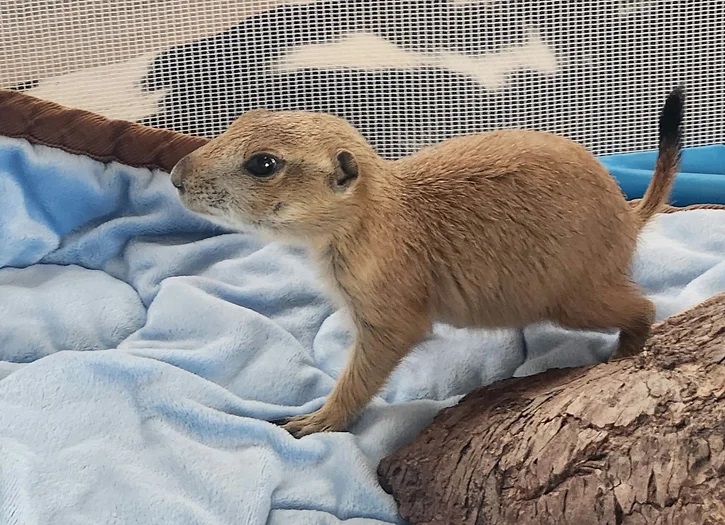
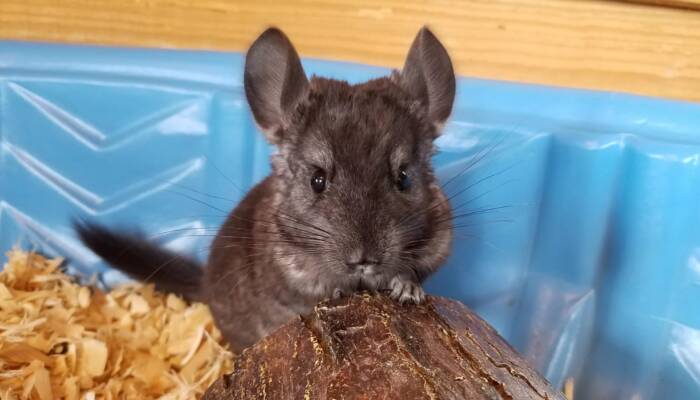
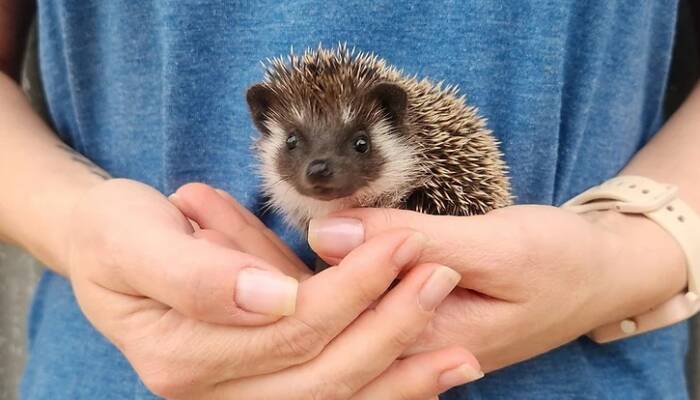
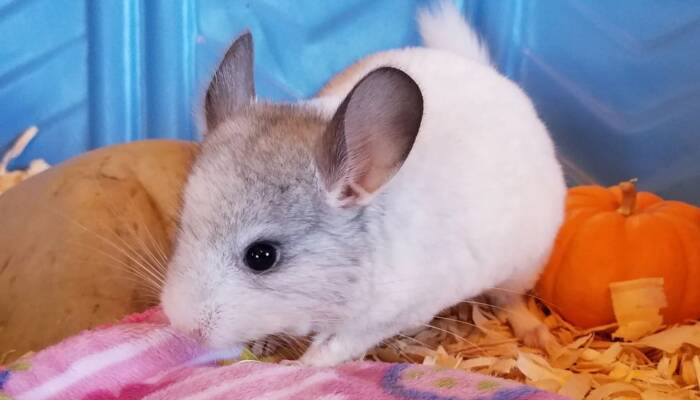
Reviews
There are no reviews yet.